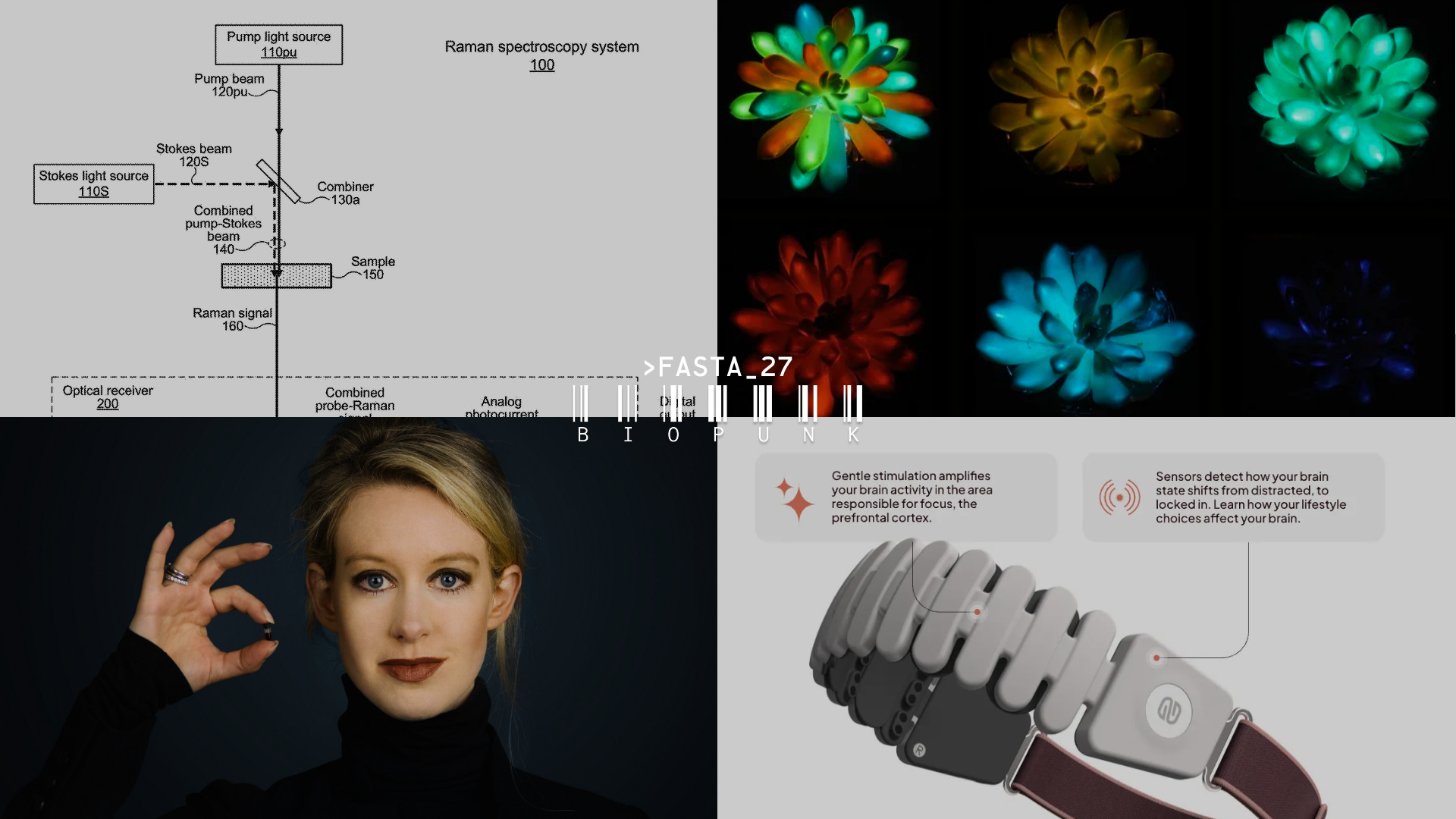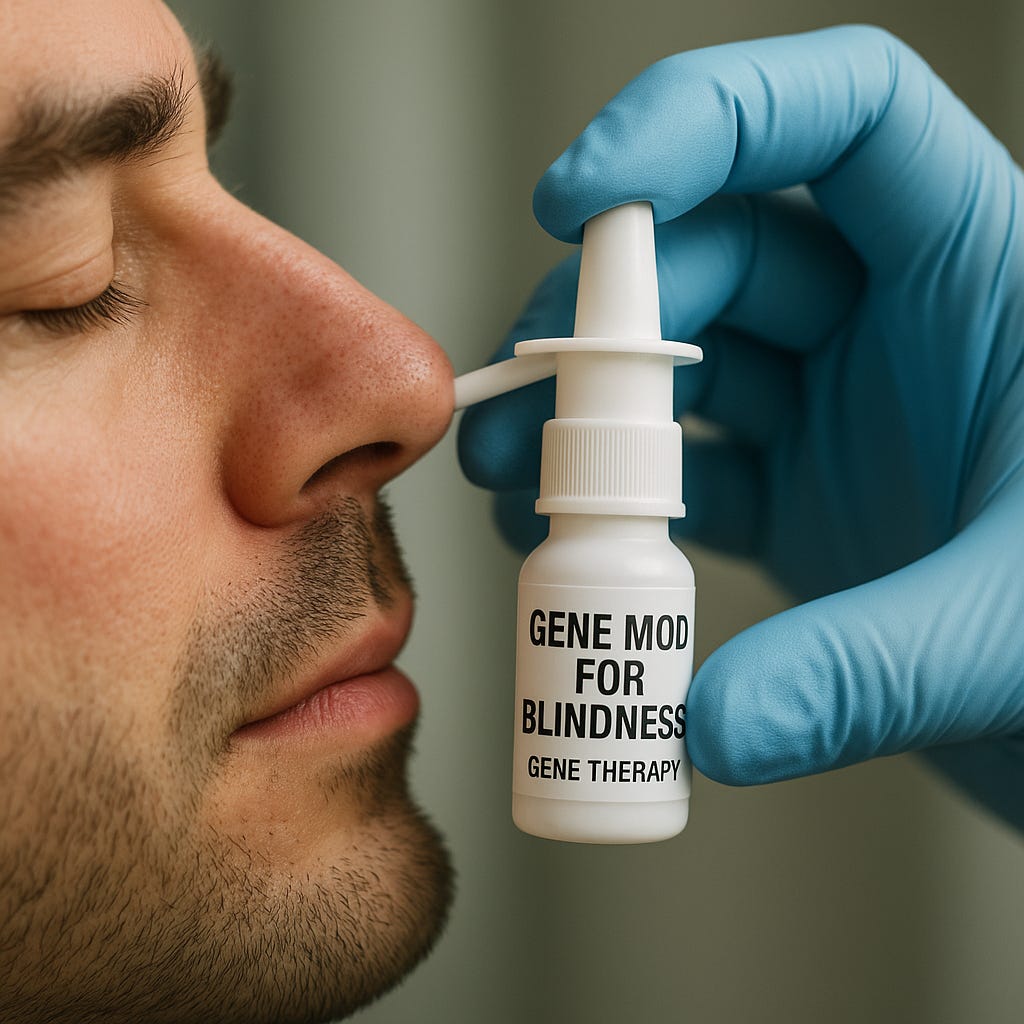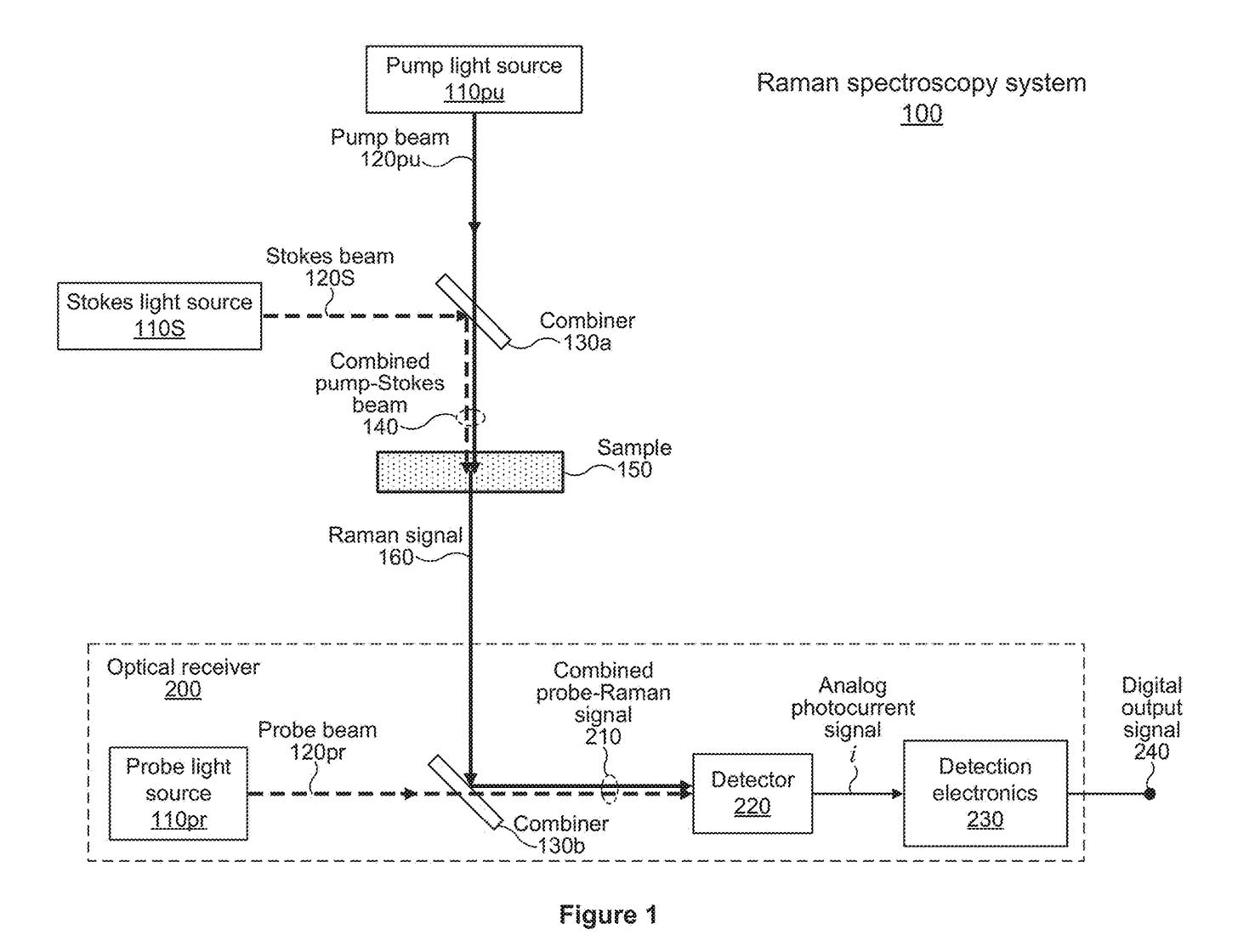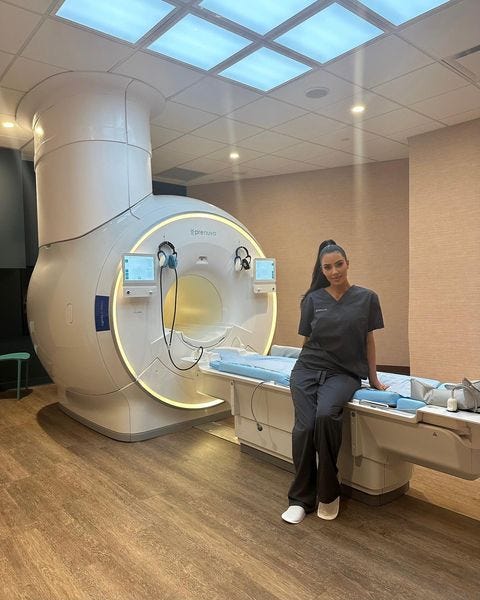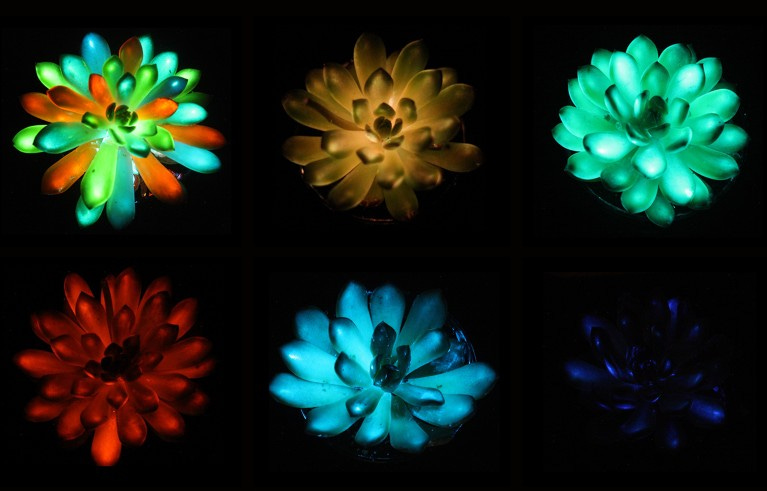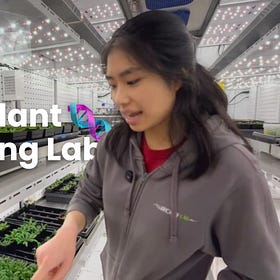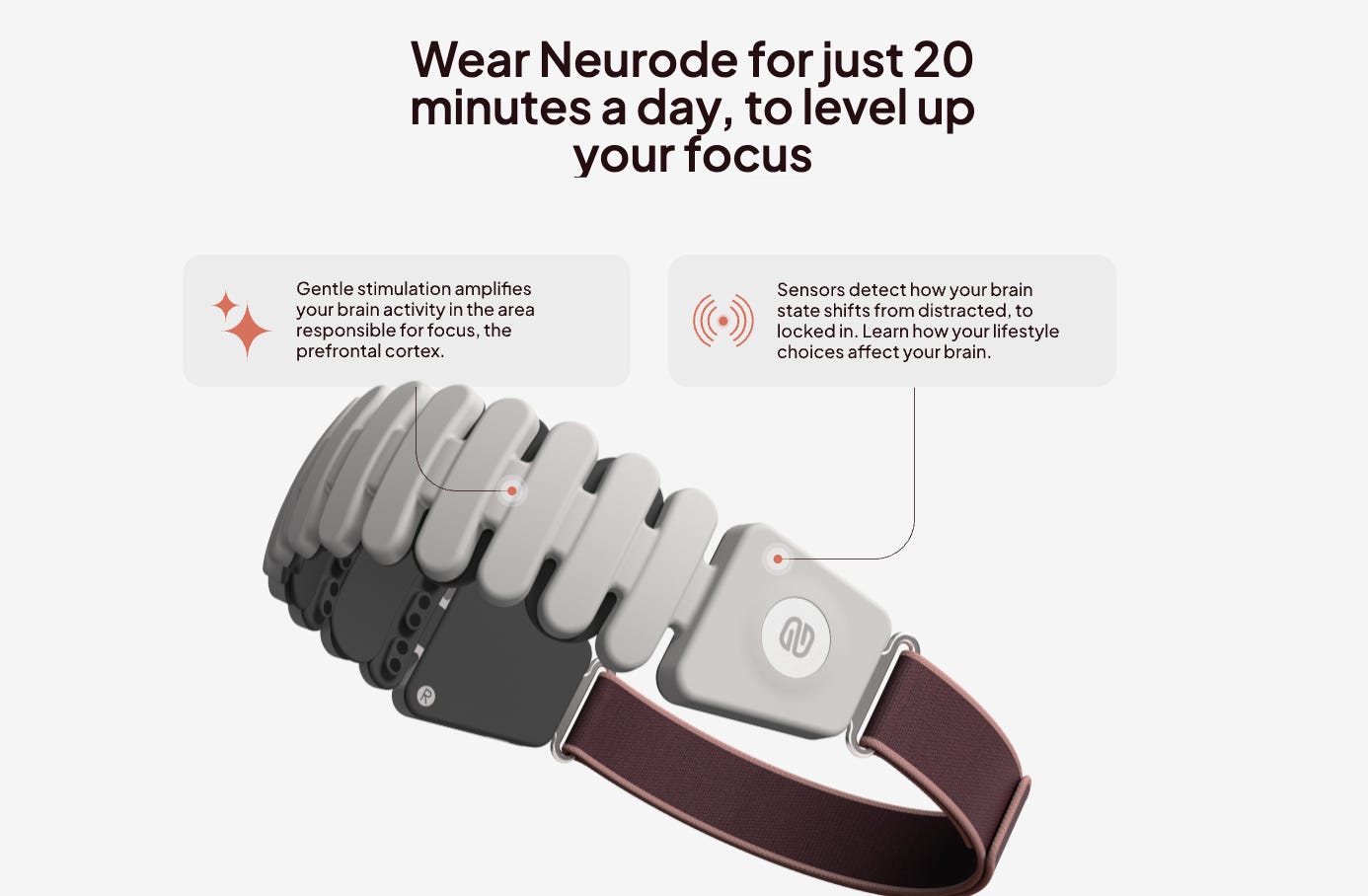>FASTA_27
Elizabeth Holmes' return; Biotech UI&UX; Influencers in Biotech; Novo's srRNA for obesity; Believer meats; Debut cosmetics; Glowing succulents; China's BCI plans; Neurode's brain stimulation headband
>FASTA: weekly short reads of the global biotech ecosystem | Papers and patents, acquisitions and bankruptcies, biotech philosophy | Read in under 5 min | Follow on LinkedIn, X, YouTube, and Instagram! | Versión en Español
Pilgrim is proud to sponsor >FASTA! We’re developing the next generation of military medicine to meet the operational demands of modern warfare—moving beyond theory and bringing biotechnology from the benchtop to the battlefield.
1. Astra Zeneca's at-home flue vaccine
FluMist was first FDA-approved as a nasal spray in 2003, but 13 years later, the CDC recommended against using it since it was found to be less effective than injectable vaccines. Last year, it became the first flu vaccine approved for at-home use, also marking the company’s first foray into D2C medicine.
As big pharmas begin to play in this consumer space, it’s time we talk about biotech UI/UX. Something as seemingly superficial as the delivery mode could impact consumer adoption, save distribution costs, while also demanding a different marketing strategy — Will we see nasal sprays for gene therapies soon?
2. Holmes' return
Elizabeth Holmes — yes, the former founder of Theranos who committed the biggest fraud in biotech history — has allegedly reopened her Twitter account, managed by someone else since she is currently serving an 11-year sentence in Texas.
Though it’s a bit early to know if there’s a larger PR strategy here, I wouldn’t doubt that some inspiration has been drawn from Jiankui He, the Chinese scientist who was also condemned to 2 years of prison for editing babies with CRISPR and is now a Twitter influencer with 140k followers.
While Holme’s post-prison plans cannot be confirmed yet, her husband Billy Evans has been public about raising $3.5M [from their millionaire friends and fam group] for yet another blood testing company, Haemanthus. The 10-person team has published a patent for a device they aim to use for pet diagnostics first.
We are witnessing the rise of the Scientist-Influencer — individuals who share their scientific work through podcasts, videos, or blogs, instead of relying solely on academic journals. Their personal brand can help them raise capital, sell products, and influence public narrative.
3. Influencer marketing for MRI scans
Two years ago, Kim Kardashian posted on Instagram about her Prenuvo whole body MRI scan and got over 3 million likes. While that was supposedly #NotAnAd, she is not the only celebrity who has endorsed them. Tennis player Casper Ruud, actress Sofia Vergara, soccer player Martin Ødegaard, and investor Robert Herjavec have also been public customers.
Youth, beauty, and health have always been green flags; using the latest biotech to maintain that throughout your life has become the new status symbol. Influencer marketing is still a killer strategy that more consumer biotech brands should prioritize.
Several other brands like ezra and Neko also offer whole body MRI using technology that is not very dissimilar. For in-person services like this, I reiterate: biotech companies will have to think more seriously about consumer experience.
4. Novo x Replicate to target obesity with RNA
Through a $550 million partnership, Replicate Bioscience will help Novo develop RNA medicines for obesity, type 2 diabetes and other cardiometabolic diseases (still at discovery stages).
Synthetic mRNA helps our cells produce enough protein to train our immune system against pathogens, but not enough to target chronic illnesses like diabetes. Replicate’s self-replicating RNA (srRNA) vectors can amplify protein expression by 1000x, reducing the amount of synthetic RNA required.
5. Believer meats update
With $387.8 million USD raised to date, the Israeli startup has built the world’s largest cultivated meat factory in North Carolina and secured regulatory clearance in the US.
In a Nature paper published by their cofounder and former CSO, they claim to be able to yield 43% w/v using a new animal-free medium that costs USD $0.63/L. They also conducted a TEA for a theoretical production facility of 50 thousand liters that could drop to the cost of cultivated chicken to USD $6.2/lb using perfusion technology.
Biofounders 📻
At the time of the interview, Zimri and team had just come out of the second batch of IndieBio NY. This month, Rheom Materials (prev. BuchaBio) celebrates their fifth birthday with $3.25M raised so far, a collaboration with Luckinelly, and a production-scale trial for their plant-based biomaterials.
6. Debut raises $20M for AI-designed beauty products
Understanding of skin biology + genomics-based AI platform + enzyme engineering + cell-free precision fermentation = custom anti-aging formulations for global beauty partners in different geographies.
Backed by giants like L’Oréal, Debut enables beauty brands of all sizes to outsource formulation through their child company, BiotechxBeauty. They have a library of 50 billion ingredients for skincare, hair, OTC, and other cosmetic categories.
7. Glowing succulents
“Another glowing organism, how innovative 🙄” — Well, this one is non-GMO, how about that?! Instead of troubling themselves with transgenic plants that barely glow, Chinese researchers decided to hack bioluminescence by injecting phosphor particles (the same used in toys) into the leaves of succulent plants. The estimated cost per glowing plant is $1.40 USD.
While other GMO products like GloFish originally sold themselves as an alternative to chemical dyes, the message here is that organisms can actually glow better and cheaper using chemistry. If there are no regulations around toxicity, what could anything stop the succulents from eating LightBio’s lunch (market)?
BSL5 ☣️
Inside a Plant Engineering Lab
In the year 2000, Michael Elowitz and Stanislas Leibler published the first paper on a genetic circuit built in E. coli. A couple of years later, the first mammalian synthetic circuits emerged with work from Fussenegger in human cell lines.
PhD student Vivian Zhong and Postdoc Alexander Borowsky share their work on plant engineering, challenges and opportunities in the industry, under- and over-hyped plant biotechnologies, and more. Please give it lots of love on Substack, YouTube, Twitter, and LinkedIn! And drop me a line if you are interested in sponsoring more content like this ;)
8. How China will win in BCIs
In a recent policy document, China outlined its master plan to become a worldwide leader in BCIs by 2030. They will strengthen research on basic software and hardware, testing capabilities, and policy support to not only do great research, but also turn it into mainstream products.
In the past, they have been open about using BCIs for “non-medical purposes such as attention modulation, sleep regulation, memory regulation, and exoskeletons for augmentative BCI technologies” provided there is strict regulation and clear benefit.
Some Chinese companies in this space include NeuCyber NeuroTech, a spinoff of the Chinese Institute for Brain Research (CBIR), and NeuroXess, which has implanted six paralyzed patients with its device.
9. Brain stimulation bands for ADHD
Backed by Khosla Ventures and others, Australian company Neurode’s headband provides 20-minute sessions of personalized brain stimulation with sensors that help you measure, balance and boost brain function so you get sh*t done without drugs.
The band uses 152 channels of fNIR (near-infrared spectroscopy) sensors to measure blood oxygenation in your prefrontal cortex + tRNS (transcranial Random Noise Stimulation) at 0.55-1.55 mA to increase the membrane resting potential, which can raise brain activity to optimal levels in people with ADHD.
Just like we might become dependent on IVF in order to reproduce, and rely on automated bioreactors to produce our food, and on peptides to stay lean… there is no doubt we will abuse neurotechnology to the point where we cannot think without it. Soon, AI will harness the most precious gems life has created: minds and reproduction.



